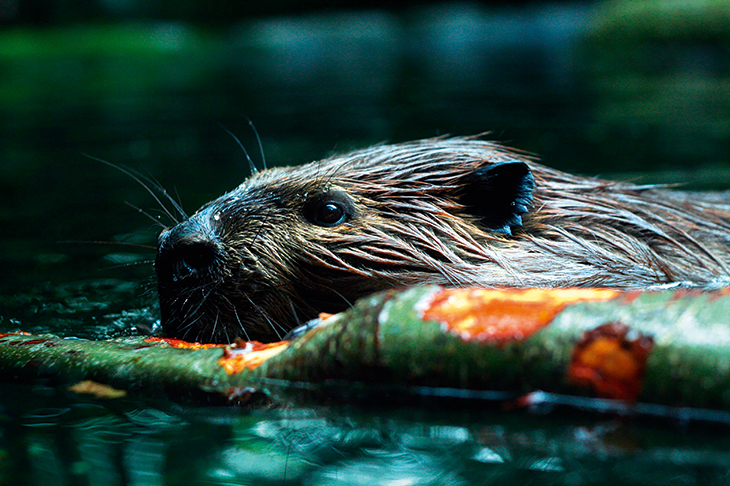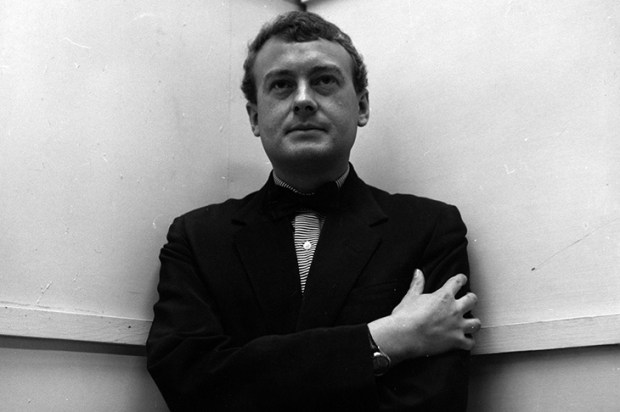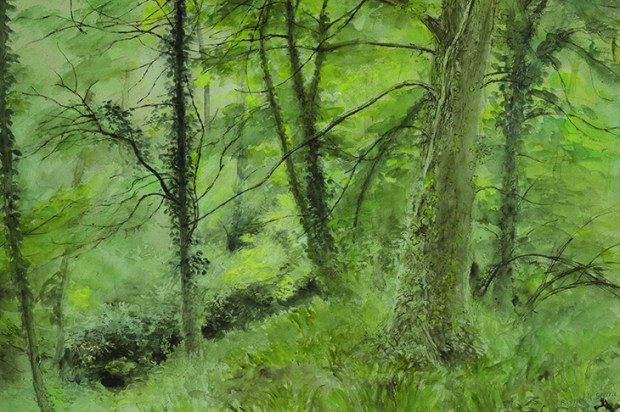The British experience of beavers is somewhat limited. Most of us haven’t been lucky enough to have spied an immigrant rodent in the wilds of west Devon, or paid a visit to Knapdale and Alyth in Scotland. Instead, we’ve only met beavers in storybooks, notably The Lion, the Witch and the Wardrobe, where in the warm, homely hut of Mr and Mrs Beaver, the Pevensie children are first introduced to the prophecy of Aslan, over fish and potatoes and a sticky marmalade roll.
Needless to say, beavers don’t eat marmalade — they don’t even eat fish. Yet these tree-chewing, dam-building rodents are still useful, hospitable creatures, and not just for their pelts, although that’s something humans have occasionally forgotten over the years.
There’s a lot of history to them. They evolved 30 million years ago — here long before we appeared on the scene around 300,000 years ago. That means, rather excitingly for imaginative sorts, humans were around when beavers the size of hippos roamed from Florida to Alaska.
Eager is peppered by facts like this, as we follow the environmental journalist Ben Goldfarb on a historical, ecological and geographical journey across North America, Britain and Europe, exploring the role of beavers as a keystone species. Remove such a species and the entire ecosystem suffers.
Eager is the story of why the American (and to some extent European) landscape looks the way it does — because of those mountain men and fur trappers who rampaged across North America 400 years ago, killing beavers for their soft fur and mindlessly altering the topography of the continent simply because of the European fashion for beaver hats.
This flat-tailed creature was hunted in Europe long before that, prized not only for its pelt but for meat and medicine. Beavers were categorised as fish by the Catholic Church, so permitted to be eaten on Fridays and during Lent. And their anal sac secretions contain salicylic acid — the active ingredient in aspirin — as a result of all their willow-munching.
But Goldfarb seeks to show how beavers are so much more than this; creating meadows, re-forming rivers, mitigating floods, helping salmon populations, even halting climate change. Yet, maligned and misunderstood by modernity, this creature has continued to be trapped, shot and killed by those who see its natural architecture at odds with human habitation.
The beaver (sometimes affectionately referred to by Goldfarb as ‘smelly meat packages’) not only has this unknowing power to transform landscapes, benefiting humans and wildlife alike, but can also turn ordinary citizens into animal evangelists: beaver believers, if you will.
These are some of the characters you meet in the book — people, who for one reason or another, have been drawn into the beaver’s orbit and built their enthusiastic home there, convinced the world could benefit from working with these aquatic rodents. There are volunteers so enthralled by the beaver that they have dedicated a festival to him (or her — beavers are very difficult to sex, but the male expresses an anal liquid that smells like motor oil while the female’s gland juice smells more like cheese).
There are also the ecologists, fluvial geomorphologists, farmers, scientists, salmon fanatics, ranchers, Scottish aristocrats, animal husbandry eccentrics and wildlife biologists. All these characters, as described by Goldfarb, are making the case for beavers as a natural ally of humanity.
This is a book densely packed with knowledge and research. For anyone un-familiar with ecological terminology, it can present difficulties, though Goldfarb does his best to explain the jargon. But his enthusiasm for the subject shines through. By the end it’s hard not to become a beaver believer yourself.
Got something to add? Join the discussion and comment below.
Get 10 issues for just $10
Subscribe to The Spectator Australia today for the next 10 magazine issues, plus full online access, for just $10.
You might disagree with half of it, but you’ll enjoy reading all of it. Try your first month for free, then just $2 a week for the remainder of your first year.














Comments
Don't miss out
Join the conversation with other Spectator Australia readers. Subscribe to leave a comment.
SUBSCRIBEAlready a subscriber? Log in